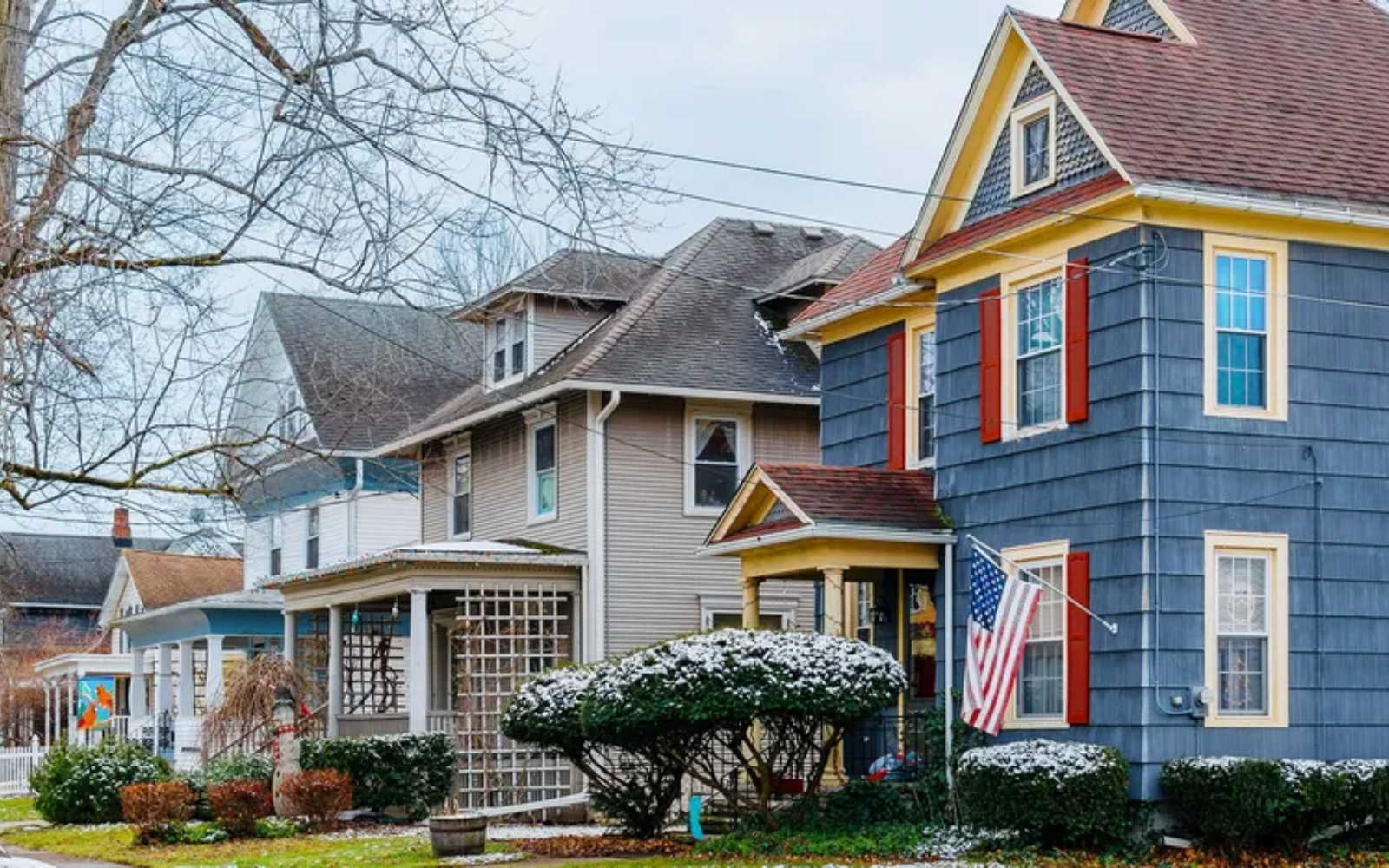The Housing Market’s Unhappy New Year: Fewer Homes Go Under Contract as Mortgage Rates Rise
By Clare Trapasso | Realtor.com
The housing market isn’t off to a good start this year.
The number of homes under contract that haven’t closed yet dropped 4.9% from December to January, according to a recent report from the National Association of Realtors®. Year-over-year pending home sales were down 8.8% in January.
The culprit? Rising mortgage rates that make it more expensive for folks to purchase homes.
“Consumers are showing extra sensitivity to changes in mortgage rates in the current cycle, and that’s impacting home sales,” said NAR Chief Economist Lawrence Yun in a statement.
Mortgage rates had dropped to a low of 6.61% in late December but ticked up slightly in January, according to Freddie Mac data.
“Buyer demand is closely tied to mortgage rates, as lower rates are an avenue to affordability in today’s market,” says Realtor.com® senior economic research analyst Hannah Jones. “The recent uptick in rates could mean slower seasonally adjusted sales as the spring homebuying season kicks off.”
Higher rates also make sellers less likely to want to list their homes. As some sellers are also buyers, many are reluctant to trade their low rates for higher ones. That’s making the housing shortage even worse, as buyers can’t find homes to purchase.
January’s cold temperatures were also to blame, according to Bright MLS chief economist Lisa Sturtevant. She covers the mid-Atlantic region.
“Some buyers might have been avoiding the snow and cold weather in January, while holding out hope for lower rates later this winter and spring,” Sturtevant said in a statement. “Homebuyers may find not only lower mortgage rates but also more inventory, if they wait until spring.”
Where the number of homes under contract rose and fell
The number of homes going under contract ticked up a little in the Northeast and West, despite the higher rates and snowier weather. But sales dropped off in the Midwest and South, according to NAR.
In the Northeast, pending sales rose 0.8% from December to January. However, they were down 5.5% year-over-year. They also rose 0.5% in the West, but were down 7% from a year earlier.
The Midwest saw the largest declines. The number of pending sales dropped 7.6% in January from December and fell 11.6%, compared to the same month a year earlier.
In the South, pending sales decreased 7.3% in January from December and came down 9% year over year.



